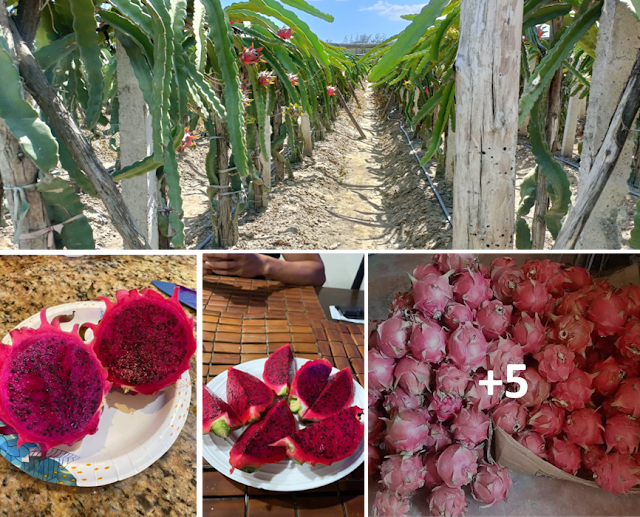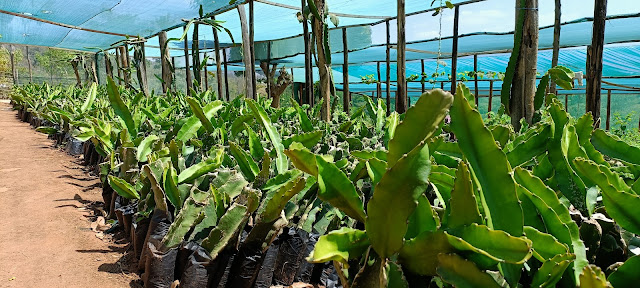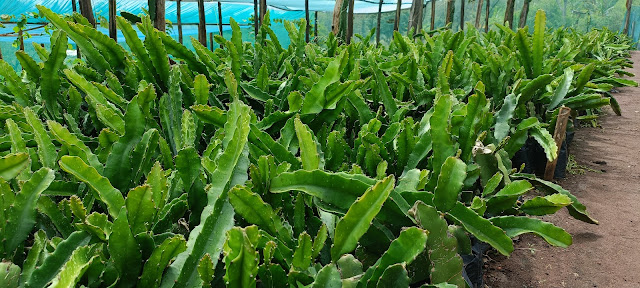Have
you ever wondered why Kamande is so expensive in Kenya? Well, there’s just one
reason: Kamande farming is done in very few areas in Kenya and by very few people. Honestly, I don’t know
why this is so because this country has the best climate and soil for growing
these high value legumes. Let me explain this.
Kamande,
which are called lentils in English, grow best in hot areas with sandy or sandy
loamy soils that drain water fast. Lentils are grown under large tracts of land
in Australia and India. India consumes almost everything it produces and even
imports some more. Australia exports to many countries of the world. In Africa, this crop is grown commercially in
Ethiopia, Sudan and South Sudan.
 |
| Kamande farming in Ethiopia |
Best climatic conditions for growing
kamande
Looking
at these countries that produce lentils in large quantities, you will realize
that their climate and soils are very similar to what we have in Eastern and
North eastern Kenya, parts of Rift Valley and Nyanza. Kamande requires at least
6 hours of sunshine daily, of which we have more than 10 hours every day of the
year in Kenya. It grows best in hot areas and is very tolerant to drought
conditions, so areas of Ukambani, Garisa, Wajir, Siaya, Kisumu, Narok South,
Kajiado and the entire coastal region would be ideal for lentil farming.
How long do Kamande take to mature?
Lentils
are very fast growing taking only 80 days in hot areas and at most 110 in
cooler areas to harvest from the day you put down your seeds. Yes, I know that
is crazy because most of the crops people run to for fast money take as long as
5 months. It definitely would be a faster money maker compared to onions and
tomatoes, and much easier to handle.
What do you need to produce Lentils?
Seeds, land preparation and planting
The
kamande you buy at the supermarket or at the cereals shop are the seeds you
need for planting. Your land will need to be ploughed well to have fine soils
since the seeds are small. Drill lines of about 1 to 2 inches deep with a
spacing of 45cm from one line to the next. Drop the seeds in these lines at a spacing
of approximately 1 inch from one seed to the next – well that is more like
sprinkling the seeds inside the small furrow. Just ensure that the seeds are
not too close to each other. Cover the seeds with about 1 inch of soil. You will
need 12 – 15 kilos of seeds to plant 1 acre.
 |
| Kamande farming and spacing |
Best time for planting Kamande
The
best time to sow your lentil seeds is during the onset of the rains. Since this
crop doesn’t require a lot of water, it can grow very well over the long or the
short rainy season. The seeds will germinate from the 10th day. Contrary
to what most people think, you do not need to support this crop. The plant
grows to slightly higher than 1 foot (30cm) and thus is able to stand by itself
such like ordinary beans do.
Taking care of lentil plants
Any
serious farmer will always start with a soil test. This will help you know if
you need to add fertilizers, the type and in what quantities. Kamande is a
short term crop hence you may need to have the soil nutrient balance and pH
levels right before starting.
Weeding
between the rows will definitely be necessary. This will not only help to
reduce competition for nutrients but will also help to keep pests away. You
also don’t want to harvest other wild seeds together with your lentils.
Pests and diseases that affect lentils
The
kamande plants are also susceptible to common beans pests such as worms, thrips
and aphids. The good thing is that there are many safe pesticides you can get
from agro-vet shops to control these pests. However, the most important thing
is to closely observe your farm and scout regularly for signs of these pests.
Pests are best dealt with before spreading too much in your farm. You can
always talk to our agronomist on 0724698357 if you need any help with pesticides.
Harvesting lentils
The
lentils are ready for harvesting when the plants turn brown and dry. At this
stage, the plants and ponds will produce a dry matter rattling sound if shaken.
You need to be very careful when plucking the plants off the soil to avoid cracking
the ponds and losing some of the seeds. For small scale farmers, kamande can be
harvested in the same way beans, cow peas or green grams are harvesting –
placing the dry plants on a drying mat and shredding the seeds out with long
sticks.
 |
| Kamande ready for harvesting |
For
large scale farming, combined harvesters are the best for harvesting the seeds.
These harvesters will cut off the plants, shred the seeds out and clean off the
chaff. The expected yield of lentils per acre in Kenya is about 600 to 800 kgs.
Profitability of kamande farming in
Kenya
Let
us take the very conservative figures: assuming you achieve a yield of 600kgs
and sell each at a wholesale price of 150 per kilo, you will have a turnover of
90,000 from an acre in about 3 months. This is much better than ordinary beans
or maize and you are assured of a ready market even from the grocery shop next
to your home.


























